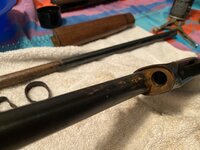- Messages
- 40
- Reactions
- 110
I picked this up (off here with a three way trade of a canoe).
I'm deciding what to do with her. I need the right punches to tear her down, so nothing is happening today.
I figure I'll strip her down. Rub her down with some hoppes I have laying around. Clean off any gunk. OilThen put it all back together and go shoot some cans.
I'll send some after pics, unless someone has a better plan and stops me. Lol.
I'm new to all this.






I'm deciding what to do with her. I need the right punches to tear her down, so nothing is happening today.
I figure I'll strip her down. Rub her down with some hoppes I have laying around. Clean off any gunk. OilThen put it all back together and go shoot some cans.
I'll send some after pics, unless someone has a better plan and stops me. Lol.
I'm new to all this.
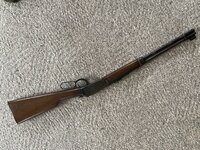
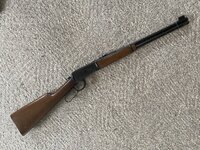

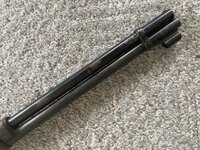

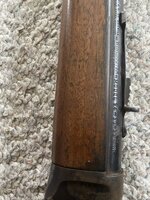







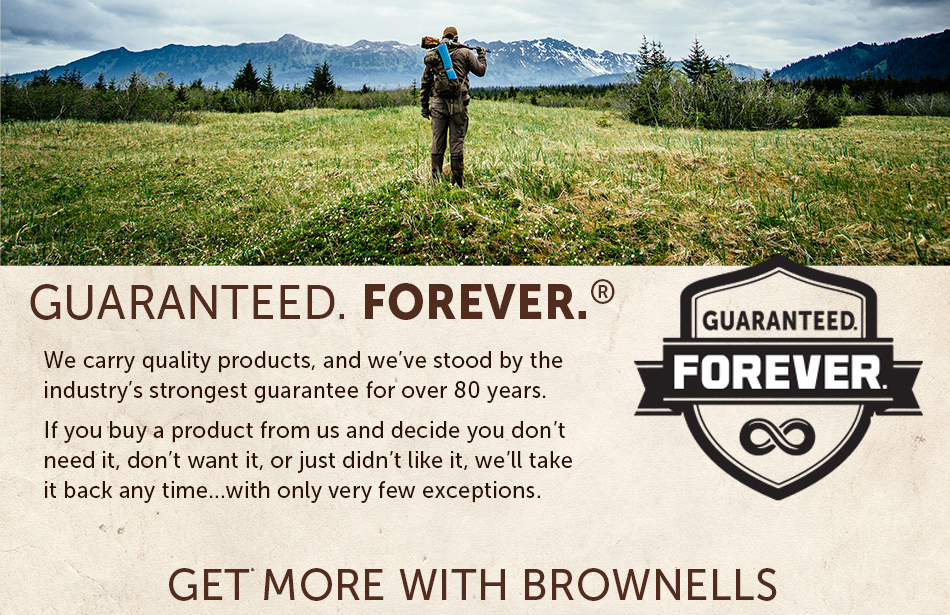
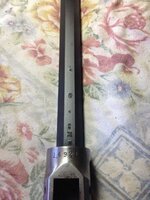
![IMG_1705[1].JPG IMG_1705[1].JPG](https://data.northwestfirearms.com/attachments/680/680372-ec5c24727c33ff6171885ab82ce58691.jpg)



